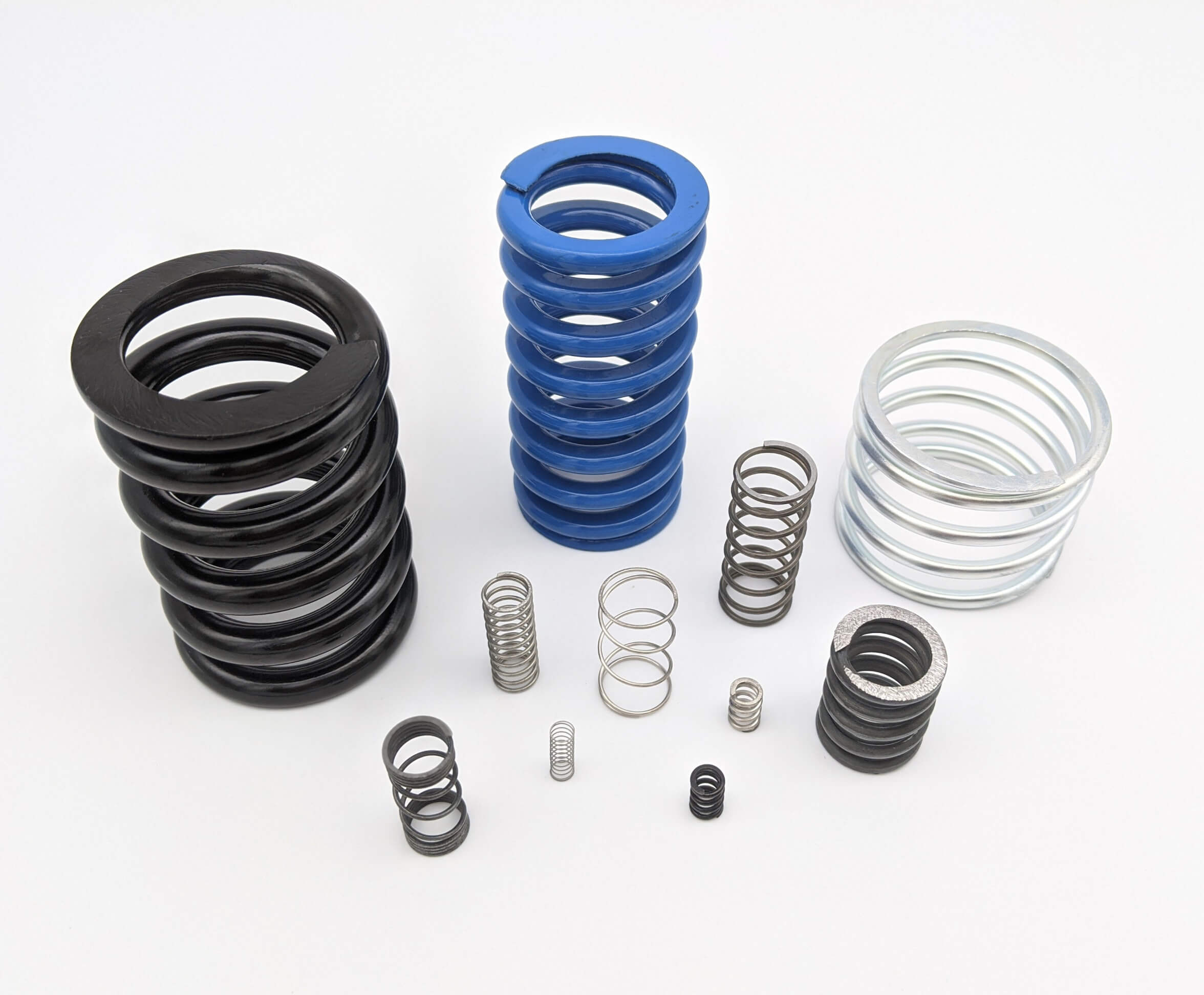Get unique, complex parts easily. No matter your requirements, Chaoyi Spring creates hard-to-produce coil springs and wire forms.
Let us help you create the custom wire form you need, from S-hooks and J-hooks to utility hooks and more.
We work closely with customers across a wide range of industries, helping them design and manufacture made-to-order parts.
Why choose Chaoyi Spring? We prioritize customer-focused collaboration, modern equipment and the latest technology to make your parts per print.
Find the information and guidance you need, from measuring a spring to learning about materials, placing an order and much more.
Compression springs, those ubiquitous coiled wonders, are the unsung heroes of countless mechanical systems. From the humble door hinge to intricate machinery, these springs play a vital role in storing


Compression springs, those ubiquitous coiled wonders, are the unsung heroes of countless mechanical systems. From the humble door hinge to intricate machinery, these springs play a vital role in storing and releasing energy, providing cushioning, and ensuring smooth operation. This comprehensive guide delves into the fascinating world of compression springs, exploring their design, materials, applications, and the underlying physics that makes them so indispensable.

Compression springs, as their name suggests, are designed to resist compressive forces, becoming shorter when subjected to a load. They are typically helical in shape, formed by coiling a wire around a cylindrical mandrel. The key to their functionality lies in the inherent elasticity of the material they're made from, often a specialized spring steel. When compressed, the spring stores energy within its coiled structure, ready to be released when the force is removed, propelling the system back to its original state.
The behavior of a compression spring is governed by fundamental physics principles. Hooke's Law, a cornerstone of elasticity, states that the force exerted by a spring is directly proportional to its displacement from its equilibrium position. This relationship is expressed as F = -kx, where F is the force, k is the spring constant, and x is the displacement. The spring constant, a measure of stiffness, is a critical parameter in spring design, influencing its ability to absorb and release energy.
The choice of material for a compression spring is crucial, impacting its strength, durability, and resistance to fatigue. While spring steel reigns supreme, boasting excellent elasticity and resilience, other materials come into play depending on specific requirements. For applications demanding corrosion resistance, phosphor bronze or titanium might be preferred. In cases where electrical conductivity is paramount, beryllium copper springs offer a solution. The selection process considers factors like operating temperature, environmental conditions, and the level of stress the spring will encounter.
The world of compression springs isn't limited to a single design. A variety of configurations cater to specific needs. Some common types include:
The applications of compression springs are as diverse as the industries they serve. Here are a few examples:
Selecting the right compression spring requires careful consideration of several key factors:
Compression springs are a testament to the ingenuity of human engineering. Their simple yet elegant design, combined with the principles of physics, enables them to perform a myriad of tasks in a diverse range of applications. As we continue to push the boundaries of technology, compression springs will undoubtedly remain vital components, ensuring the smooth and reliable operation of countless devices, from the smallest gadgets to the largest machines.
In conclusion, compression springs are indispensable components in a vast array of mechanical systems. Their ability to store and release energy, provide cushioning, and ensure smooth operation makes them essential for a wide range of industries. By understanding the fundamentals of spring design, material properties, and applications, engineers can effectively select and utilize compression springs to create efficient and reliable mechanisms.
Browse some of the custom wire forms and springs that we manufacture. Don’t see what you need? We specialize in made-to-order products that meet your application requirements.
Visit Our GalleryNeed a custom wire form or coil spring? We make it work. Fill out the contact form and a representative will respond within 1 business day. If you have a PDF or CAD file, you can submit to request a quote.